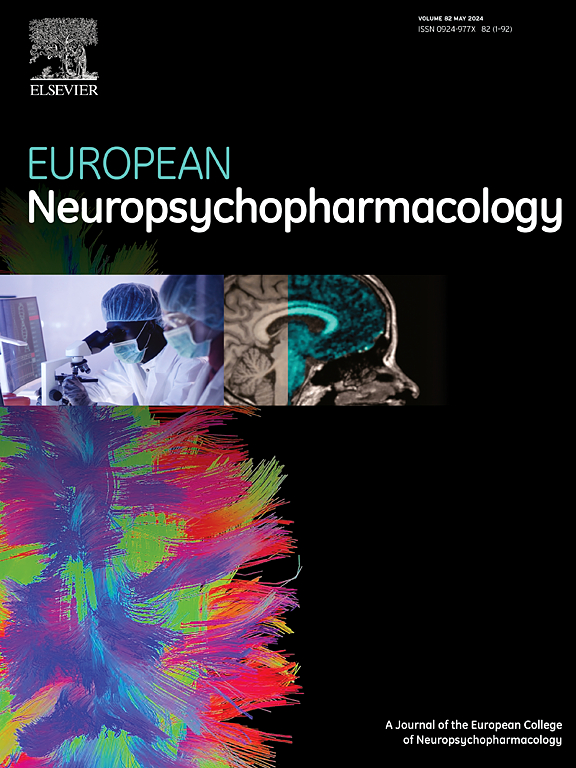Disease continuum centered on Parkinson's disease
IF 6.1
2区 医学
Q1 CLINICAL NEUROLOGY
引用次数: 0
Abstract
Parkinson’s disease (PD), once viewed as a neurodegenerative disorder, is now increasingly recognized as part of a broader disease continuum, intricately linked to comorbidities across various organ systems. This study provides a snapshot of the disease continuum centered on PD, using a disease-wide association study (DWAS) involving 392,423 individuals—including 4,235 PD cases. This DWAS identifies disease clusters of PD comorbidities across the musculoskeletal, circulatory, digestive, and respiratory systems. Moreover, comorbidities were classified based on their temporal relationship to PD diagnosis: pre-PD comorbidities, such as hypertension and autoimmune disorders, may act as risk factors of PD onset, while post-PD comorbidities, including Alzheimer’s disease and renal disorders, highlight the systemic consequences of PD progression. These findings emphasize the critical need for early detection and intervention to manage comorbidities and potentially delay PD onset. Furthermore, this study advocates for integrated diagnostic and therapeutic strategies targeting shared risk factors, advancing a precision-medicine approach to improve patient care and long-term management of PD.
疾病连续体以帕金森病为中心。
帕金森氏病(PD),曾经被视为一种神经退行性疾病,现在越来越被认为是一个更广泛的疾病连续体的一部分,与各种器官系统的合并症有着复杂的联系。本研究利用一项涉及392,423人(包括4,235例PD病例)的疾病范围关联研究(DWAS),提供了以PD为中心的疾病连续体的快照。该DWAS识别PD共病的疾病群,包括肌肉骨骼、循环、消化和呼吸系统。此外,根据其与PD诊断的时间关系对合并症进行分类:PD前合并症,如高血压和自身免疫性疾病,可能是PD发病的危险因素,而PD后合并症,包括阿尔茨海默病和肾脏疾病,则突出了PD进展的全身性后果。这些发现强调了早期发现和干预以控制合并症和潜在延迟PD发病的关键必要性。此外,本研究倡导针对共同风险因素的综合诊断和治疗策略,推进精准医学方法,以改善PD的患者护理和长期管理。
本文章由计算机程序翻译,如有差异,请以英文原文为准。
求助全文
约1分钟内获得全文
求助全文
来源期刊

European Neuropsychopharmacology
医学-精神病学
CiteScore
10.30
自引率
5.40%
发文量
730
审稿时长
41 days
期刊介绍:
European Neuropsychopharmacology is the official publication of the European College of Neuropsychopharmacology (ECNP). In accordance with the mission of the College, the journal focuses on clinical and basic science contributions that advance our understanding of brain function and human behaviour and enable translation into improved treatments and enhanced public health impact in psychiatry. Recent years have been characterized by exciting advances in basic knowledge and available experimental techniques in neuroscience and genomics. However, clinical translation of these findings has not been as rapid. The journal aims to narrow this gap by promoting findings that are expected to have a major impact on both our understanding of the biological bases of mental disorders and the development and improvement of treatments, ideally paving the way for prevention and recovery.
 求助内容:
求助内容: 应助结果提醒方式:
应助结果提醒方式:


